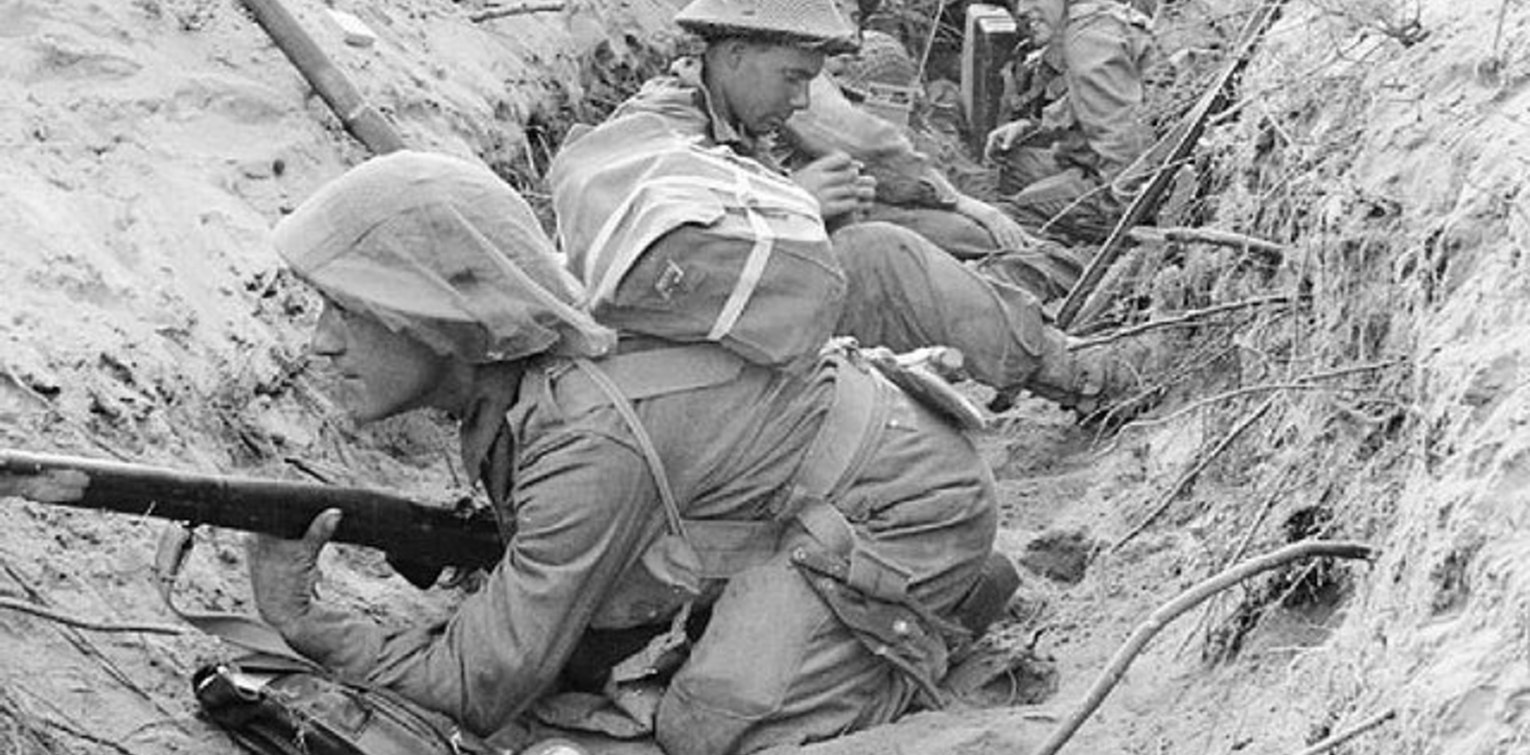
British Heroes of the Anzio Beach-head Tour
Introduction: Why This Tour Matters
This tour is not merely a journey through battlefields and cemeteries—it is a walk through the legacy of courage, brotherhood, and sacrifice.
In the early months of 1944, the Anzio beachhead became one of the most desperate and defining struggles of the Italian campaign. British regiments, alongside American and Commonwealth allies, held their ground in freezing trenches, under constant shellfire, facing fierce German counterattacks. They did not give ground. They did not falter.
From the muddy gullies of "The Thumb" sector to the scorched ruins of Aprilia, from acts of extraordinary heroism that earned the Victoria Cross to quiet graves marked only by name and regiment, this land holds the memory of those who stood firm in one of World War II’s most brutal chapters.
This tour invites you to walk in their footsteps. To visit the exact sites where these men fought and fell. To stand by their graves. To hear their stories—not in books, but where they happened.
Because remembrance is not a duty—it is a privilege.
And to remember them here, where they stood, is to keep their spirit alive.
“For Valour” – Regimental Courage and the Graves That Guard Their Names
British Heroes of the Anzio Beach-head
Grenadier Guards – Major William Sidney VC
“Major Sidney dashed forward without hesitation … and engaged the enemy with his Tommy-gun at point-blank range, forcing them to withdraw.” thegazette.co.uk
Where to stand: the shallow gullies south-west of Carroceto Bridge (“The Thumb” sector), just north-east of Anzio harbour.
Grave: Sidney survived the war; his men lie close by in Beach Head War Cemetery (e.g., Guardsman John Benson, VI E 3). facebook.comen.wikipedia.org
Wiltshire Regiment – Sgt Maurice Rogers VC MM
“Sergeant Rogers got through the enemy’s wire, ran across the minefield and destroyed two machine-gun posts, drawing the fire of nearly every gun on himself.” victoriacrossonline.co.uk
Battlefield: the Route 7 corridor north-west of Ardea, scene of the 3 June 1944 breakout.
Grave: Beach Head War Cemetery, Plot X · Row D · Grave 8 (easy to find—his headstone bears the Victoria Cross). victoriacrossonline.co.uk
London Scottish – 1st Battalion, 168 Brigade
They launched a night counter-attack through rain-soaked trenches on 3 February 1944, relieving encircled Guardsmen and losing over 100 men in two hours.
Walk: follow the farm lanes immediately north of the harbour toward Buonriposo Ridge—the line they saved.
Royal Fusiliers – Lt Eric Fletcher Waters
Father of Pink Floyd’s Roger Waters, he fell on 18 Feb 1944 in the ruins of Aprilia (“The Factory”). His body was never found; his name is carved on the Cassino Memorial and a modern obelisk at Aprilia marks the spot. britannica.comvictoriacrossonline.co.uk
The Scottish Twin Brothers
Nineteen-year-old twins from Scotland died side-by-side during the February fighting. Their adjacent headstones in Anzio War Cemetery form a heartbreaking, quiet tableau of brotherhood. en.wikipedia.org
Voices From the Beach-head
-
“The Americans called Anzio ‘the Hatbox of Hell.’” — 2nd Wiltshires War Diary victoriacrossonline.co.uk
-
These words echo across the rows of white stone you will shortly see.
Suggested Itinerary (Regimental Focus)
| Stop | What to See | Regiment(s) | Why It Matters |
|---|---|---|---|
| 1. “The Thumb” Gullies & Carroceto Bridge | Foxholes & gullies where Sidney’s company fought | Grenadier Guards, London Scottish | VC action (7–8 Feb 1944) |
| 2. Aprilia – “The Factory” | Memorial to Lt Waters; panoramic view of battlefield ruins | Royal Fusiliers | Waters’ last stand; key German bastion |
| 3. Route 7 near Ardea | Open fields and hedgerows Rogers charged across | Wiltshire Regiment | VC action (3 Jun 1944) |
| 4. Anzio Harbour Promenade | Northern landing beaches, Angelita statue (civilian story) | 1st Inf Div units | First British ground in Operation Shingle |
| 5. Beach Head War Cemetery | Graves of Sgt Rogers VC, Capt Thompson GC, many Guards & London Scottish | All above | 2,316 Commonwealth burials – register on site |
| 6. Anzio War Cemetery | 1,050 graves incl. the Scottish twins | 1st Division | A quieter, tree-lined close |
Allow time to walk the long central axis from the Cross of Sacrifice to Sgt Rogers’ grave; the perspective of stone after stone is, itself, a lesson.
Why These Stories Endure
Courage was stitched into different cap-badges but beat in the same hearts.
Whether it was Sidney’s lone dash, Rogers’ wire-breaking charge, the London Scottish rescue in driving rain, or Waters’ unknown resting place—each act fed the fragile flame of the bridge-head.
Their medals rest in museums; their bodies in Italian soil; their stories in our care.
Walk softly. Read the names. And remember that every headstone once carried a heartbeat.
